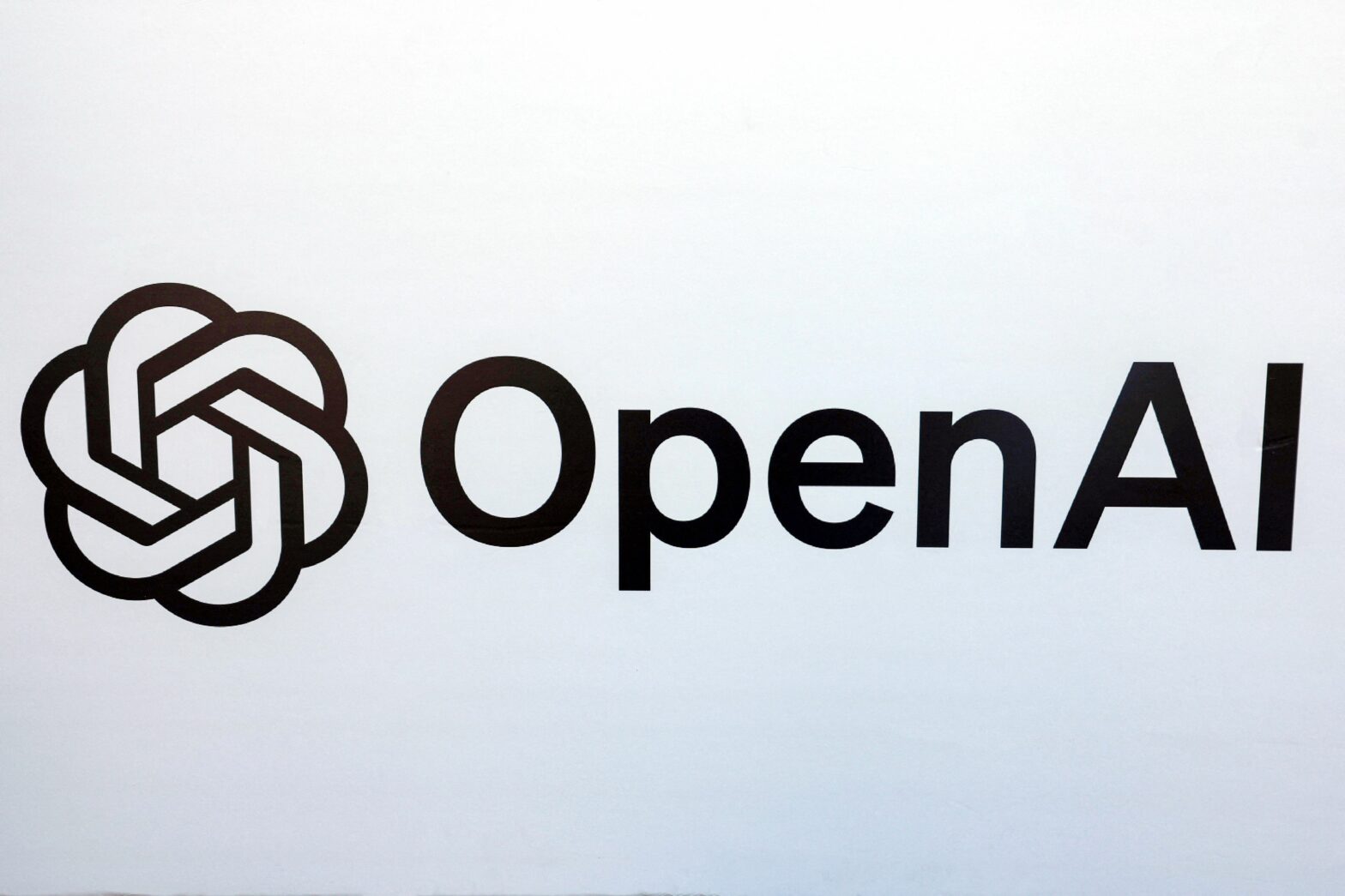The legal profession – once dominated by paper documents and hourly billing – is being forced to redefine the tools and techniques it uses to acquire information and prepare for review and disclosure.
Essentially, eDiscovery refers to any process in which electronically stored information (ESI) is sought, located, secured, and searched with the intent of using it as evidence in a civil or criminal legal case.
Eruption of big data
The world has changed. The majority of documents created today are electronic and the bulk of these documents are never printed to paper. Data is erupting from email accounts, smartphones, tablets, social communities, and search engines. Each employee is likely to send and receive multiple e-mails per day. And each email is likely to cross the desktops of dozens if not hundreds of individuals.
That data is then archived and replicated, and grows exponentially. To put this in perspective, we are generating 2.5 quintillion bytes of data daily.
Many organisations do not realise that the documents they create today may be relevant to litigation or regulatory investigation in the future.
It is important to understand what comprises electronically stored Information and to take proactive control of it throughout its lifecycle.
The cross-border challenge
The variety of ways in which data can now be transferred and received is another key consideration. Cross-border data transfers are not only frequent, but often crucial components of everyday business.
Advances in data transfer technology have delivered a host of business and user benefits, ranging from the ability to take advantage of a global distribution of work and knowledge, through to 24-hour business operations. However, this innovation has also exposed a whole new world of data vulnerability.
As business transactions become increasingly cross-border, organisations need to make sure that they do so without violating data transfer regulations and privacy laws. The fractured nature of cross-border regulatory requirements is the crux of this challenge.
Restrictions imposed by local legislation can limit the circumstances in which global organisations transfer information across borders.
When organisations with operations in countries subject to data or privacy restrictions are required to transfer data cross-border, it may be crucial that they are first able to process and review their data in-country and on-site in order to isolate information which cannot be transferred.
In these circumstances, the ability to conduct in-country processing and local legal review allows organisations to manage risk by removing data which must not be transferred.
Tracking the journey of your data
It’s important to acknowledge that there are two kinds of ways data moves through an organisation: official (company sponsored) channels, and unofficial (ground-up) channels.
The ability to communicate quickly and with as little friction as possible drives business advantage. And companies need to be aware that this will always happen as people in the revenue generating side of businesses try to “do more with less”.
Learning about the ever-evolving landscape of the “unofficial channels” is crucial to understanding both the true risk profile of the data, as well as understanding how the business itself behaves as an organism.
A time of technology transition
The tools people use to communicate are changing, with greater focus on chat and social communication instead of traditional email communication. Accompanying these new communication types is a proliferation of apps such as Skype, Slack, Facebook, Twitter, HipChat, WeChat, Microsoft Teams to name a few.
These “short form” communications are increasingly where the ‘thinking of an organisation resides’ and they are establishing a whole new set of data streams.
At the same time, new technologies are coming to the eDiscovery industry, too. For example, machine learning is making it easier to get to key data, as well as separating relevant data from non relevant data.
Dealing with data breach
Over the last 5-10 years, organisations have experienced cyber breaches on a fairly consistent basis, with hackers pursuing data for the sake of profit.
Typically, data such as names, addresses, bank and credit card information has been targeted in order to commit fraud. As the breach runs through its life cycle, litigation may arise, depending on factors such as the size of the breach, the company and consumers involved, and the nature and scope of what was taken or compromised.
With this in mind, organisations are waking up to the need to assess their abilities by taking a more proactive approach to prevention and developing a more holistic, end-to-end response in the case of detection.
A range of factors are contributing to a complex eDiscovery landscape in 2017, from the sheer volume of data, through to the variety of ways in which that data can now be transferred and received.
By partnering with an expert, organisations can confront the eDiscovery challenges of 2017 with clarity and confidence.
Adi Elliott, VP, Market Planning, Epiq Systems







